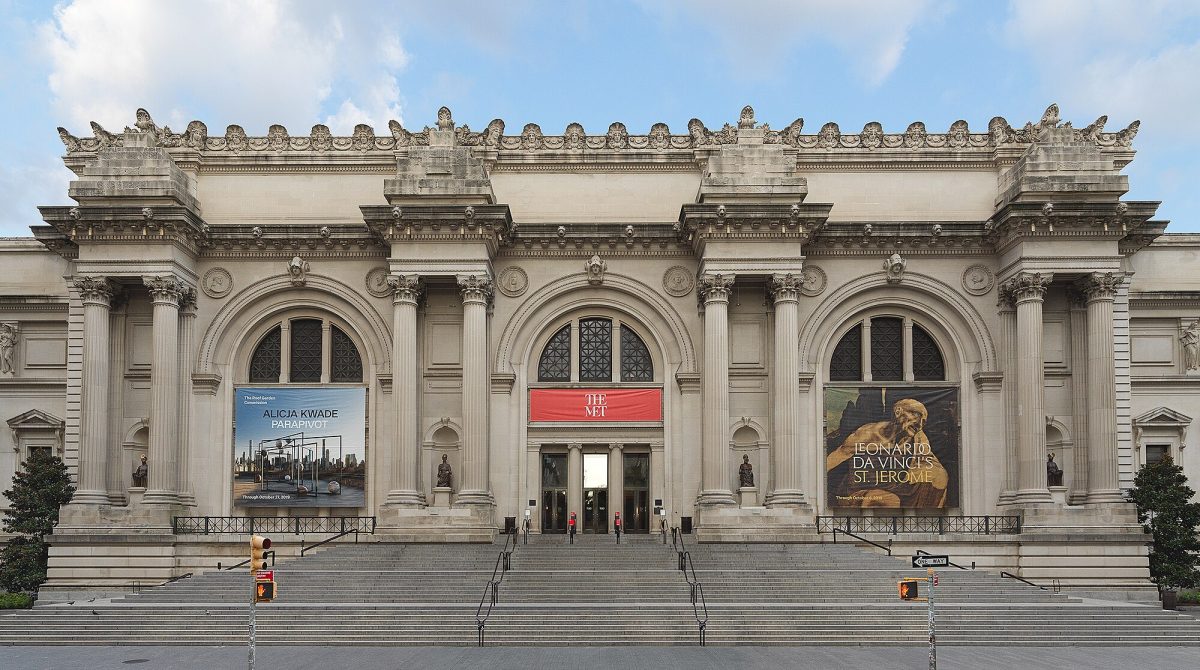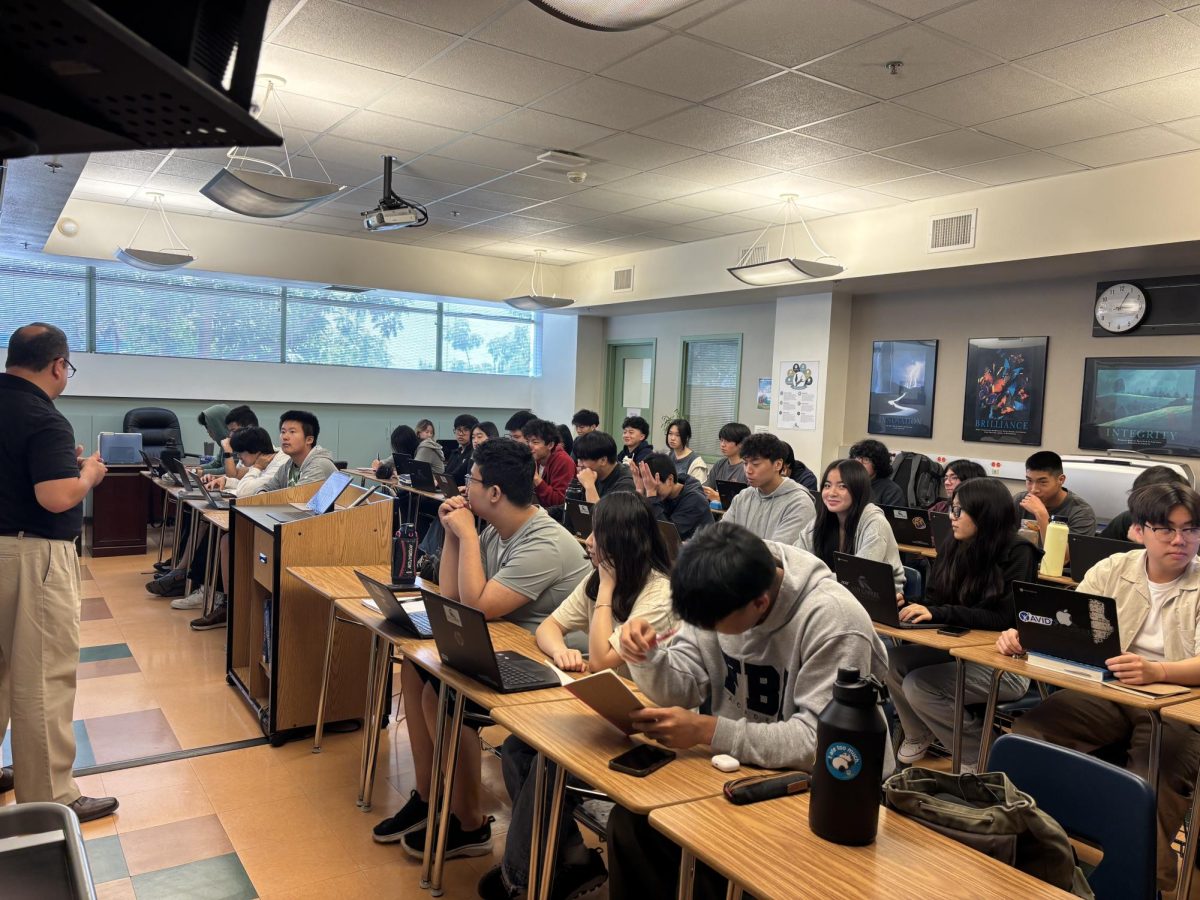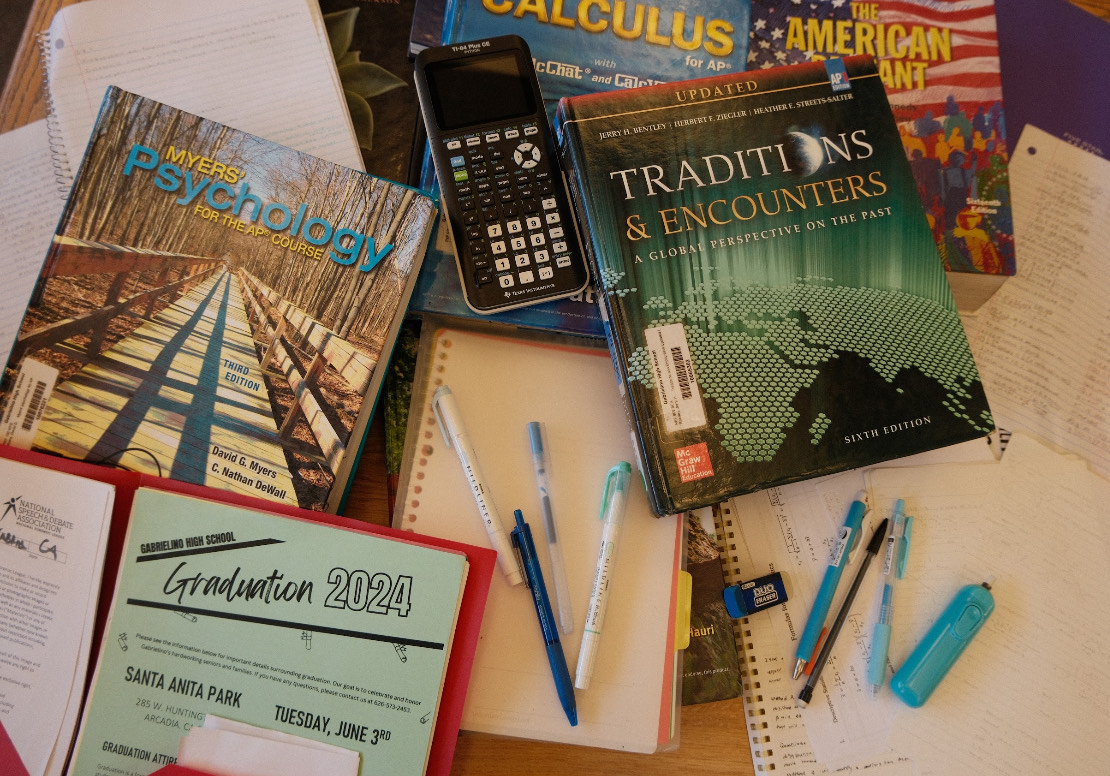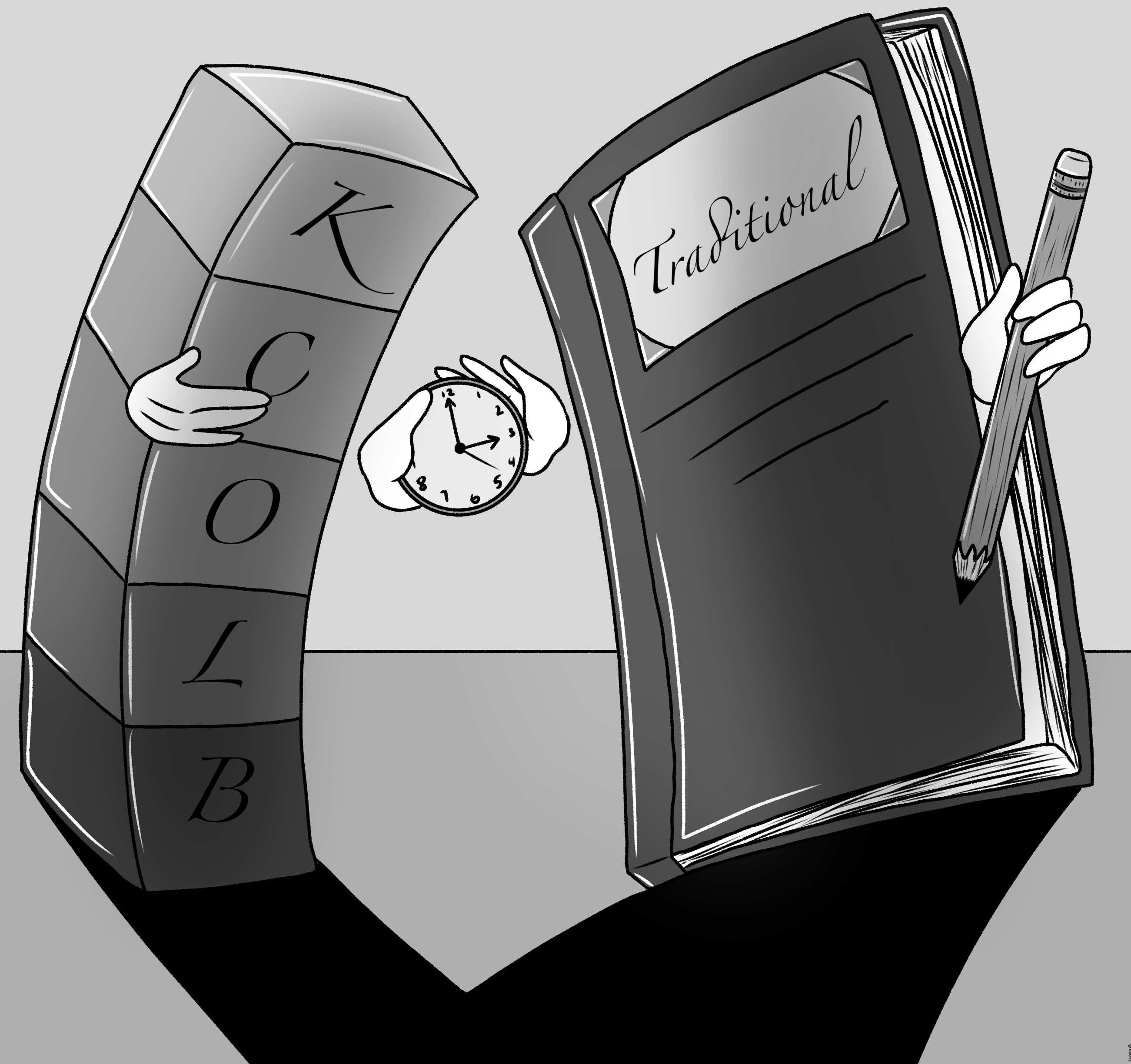
Traditional schedule yields student achievement with added familiarity
By Brian Ly | Copy Editor
The clock chimes in the minds of students, many tired and uninterested after spending 90 grueling minutes in a single class, only to repeat the process multiple times daily for the rest of their school year. Schools across the United States have proposed the block schedule as an alternative to the traditional class schedule, but the need to replace an already working schedule is unnecessary.
The clock chimes in the minds of students, many tired and uninterested after spending 90 grueling minutes in a single class, only to repeat the process multiple times daily for the rest of their school year. Schools across the United States have proposed the block schedule as an alternative to the traditional class schedule, but the need to replace an already working schedule is unnecessary.
According to the National Center for Education Statistics (NCES) website, 86 percent of public schools in the U.S operate on the traditional schedule. The schedule is the common six class program that students attend daily. Each class is approximately 60 minutes long, sometimes less depending on the school’s choice to feature a study hall or an embedded time on certain days of the week.
Gabrielino High School currently operates on this schedule, switching back after using a block schedule in the 2020-2021 school year. This comes with no surprise considering the benefits the schedule provides.
In a 2010 report from the University of Oregon, a dataset consisting of 2,159 students that represented a regionally diverse section of U.S high schools, the traditional schedule was proven to be two or three times more successful than a block schedule in getting students to benchmark level three or higher in English reading, writing, speaking and writing.
This is in part due to the familiarity of the system, one that we have used for years.
The traditional schedule has been used longest, and it keeps students in the classroom longest as well.
A 1998 study conducted by Linda Moody Wallinger, which researched the impact of alternative scheduling practices on student performance, found that classes on a traditional schedule had significantly more time for instruction compared to any other alternative schedule.
With more time for instruction, students have the ability to finish their work in class without being bombarded by mountains of homework.
The study also went into vivid detail about end-of-course performance test scores from students studying French using a traditional schedule or the every other day block schedule, reaching a conclusion that the change in schedule resulted in no significant difference in student performance regarding listening, reading, speaking, and writing.
The University of Oregon’s report comes to a similar conclusion as well, finding that the proficiency gap between the two schedules drastically lessens after the first year.
If a block schedule is unable to produce higher scoring grades, changing a system that works and has been working for decades is nothing short of impractical. With a traditional schedule that has been achieving scores the block schedule has taken years to, there is little reason to consider changing it.
Fixing the traditional schedule comes with modifying homework loads and placing emphasis on student health and wellbeing, ensuring they are learning in class and in a safe environment.
The issues are not exclusive to students, with teachers needing training, entirely revamped lesson plans, and breaks during specific days of the week. This ties into the fact that some teachers at Gabrielino were unable to have prep periods on certain days of the week when the block schedule was in place, something that the traditional schedule is able to provide.
Implementing an entirely new schedule will not result in higher scores or improvements that are worth the acclimation period. Instead of uprooting a system that has been proven to work, the traditional schedule should continue to be improved and enhanced for students and teachers alike.
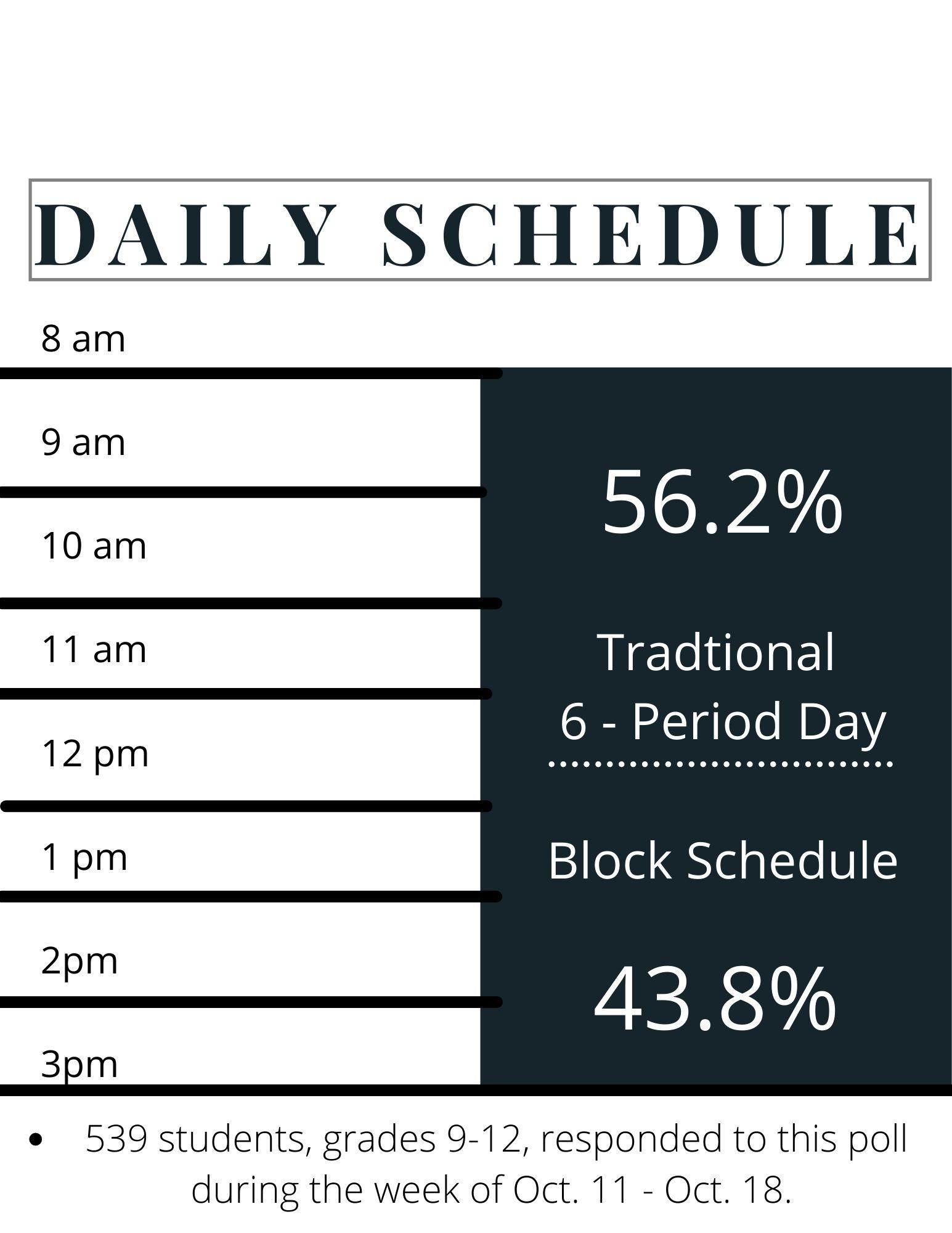
Block schedule is most effective for student productivity
By Ashley Sanchez | Production Chief
In the crisp morning sun, hundreds of yawing students trudge along to school. Among them are the slouched, feet dragging, under-eye bag students clearly half awake from once again a night of homework. A block schedule can not only ease the homework load for students but encourage cooperative learning, quality time, and more focus in class.
This type of schedule can be implemented into Gabrielino High School’s teaching format in many ways. Students would sit in three 90 minute class periods instead of six prolonged 60 minute classes each day. Essentially, a block schedule would give students, as well as teachers, flexibility and a path to improved academic results that a regular schedule can not.
“The ‘less is more’ philosophy espouses that students better understand and retain material when they have an opportunity to apply information to various contexts rather than merely cramming the facts,” according to The Education Alliance at Brown University in “Block Scheduling: Innovating with Time.”
Longer class periods mean that teachers have a chance to provide a more in depth lesson planning for a topic, thus giving students a chance to utilize the time in school better—from asking questions to improved attendance.
“Fewer distinct classes means less time spent on classroom management activities, such as calling attendance and organizing and focusing the class,” according to The Education Alliance. “In addition, there are fewer opportunities for students to arrive late to class.”
Block schedules not only make for a better learning experience for students, but a better teaching experience for teachers as well. The extended class time will give instructors a longer prep period which can serve as a time for them to strengthen their course of study.
According to senior lecturer Denise Pope at the Stanford Graduate School of Education, a block schedule can also ease the stress of students. In a survey conducted by the American Psychological Association of 1,018 students, 82 percent feel extreme to moderate stress during the school year.
Pope stated, “Block schedule creates a saner school day by slowing down the pace, reducing homework and freeing up more time for hands-on learning and collaboration.”
According to Chicago high school teacher Ray Salazar, this time can be also utilized for teachers in a great and productive way.
Salazar said, ”With this block schedule, my instruction is stronger. I’m able to engage students with content at a deeper level.”
A big part of the educational success of students is guidance, and with much more time given within the classrooms, teachers and students can communicate more.
“I see the instructional thread in my teaching more clearly, and can help students understand it better as well. I have time to make the connections happen,” stated Salazar.
In Gabrielino’s 12th grade English Collections textbook, students have been introduced with the positive effects of more time dedicated to learning. In the article “Marita’s Bargain” by Malcom Gladwell, Gladwell reflects on the young students attending a South Bronx school, KIPP Academy, that challenges them in their learning but gives them the tools to success as well.
The underlying reasons for the students’ success were due to three things: a more in depth version of learning, guidance obtained and filled by teachers, and more time in class. All of this can be achieved with a block schedule and staggered classes throughout the week. This will allow for extended learning and less stress on students, without the stress.

